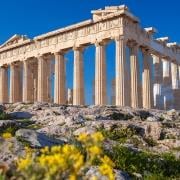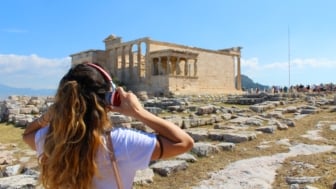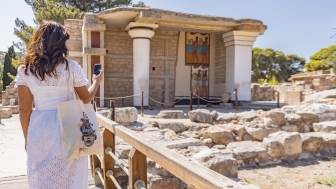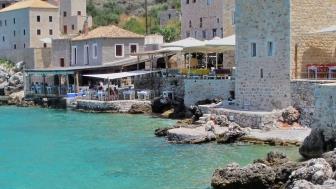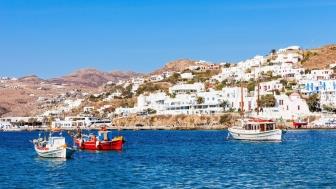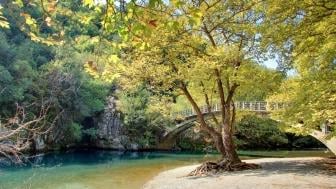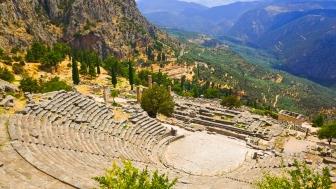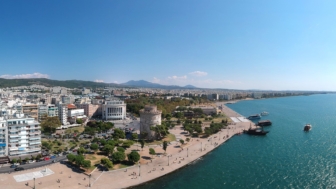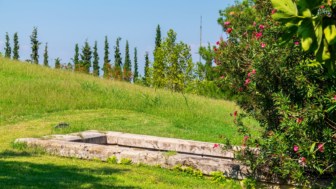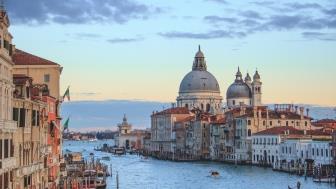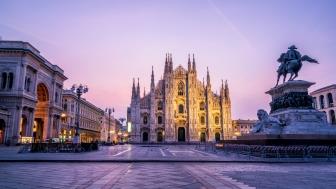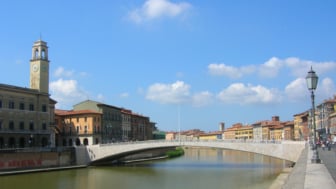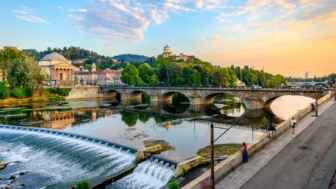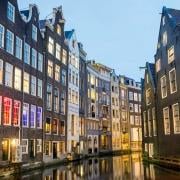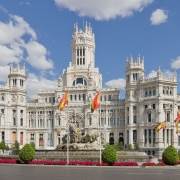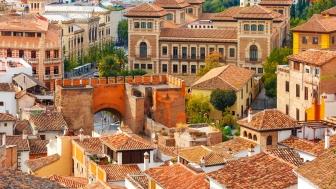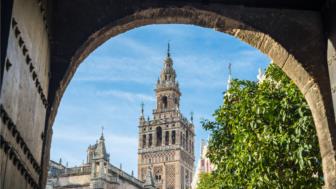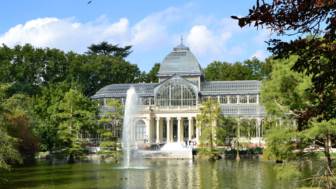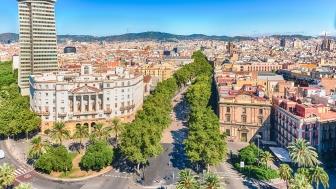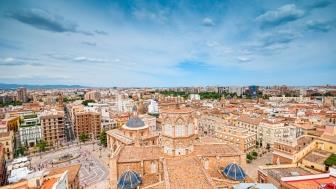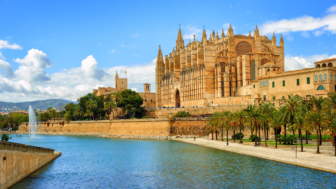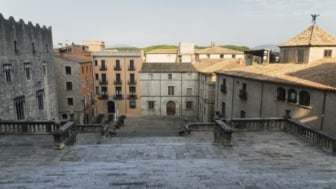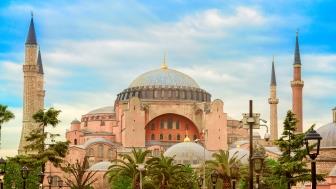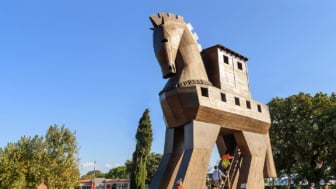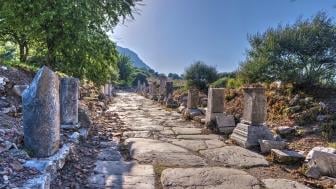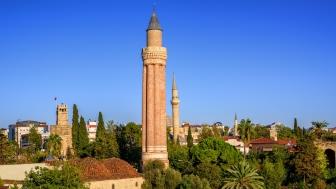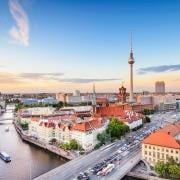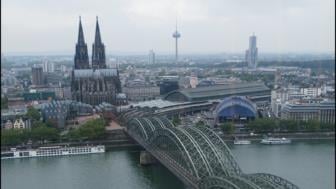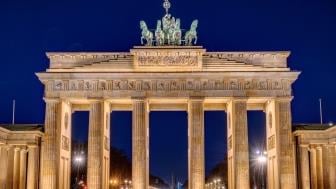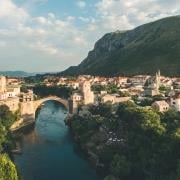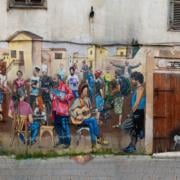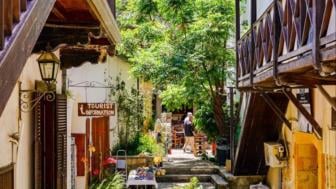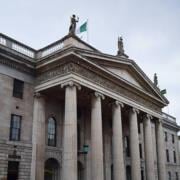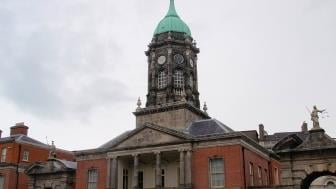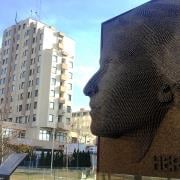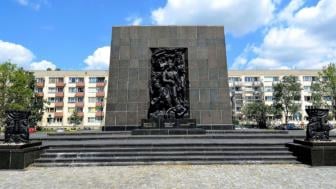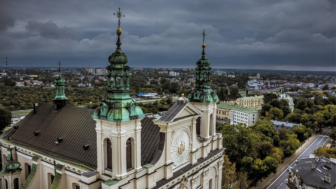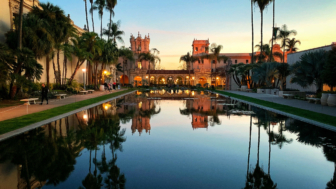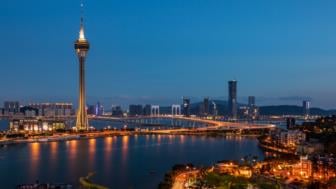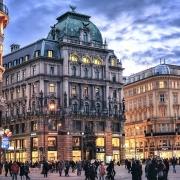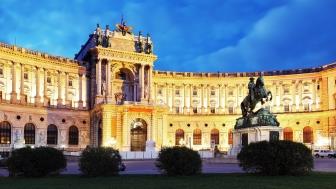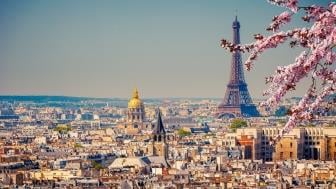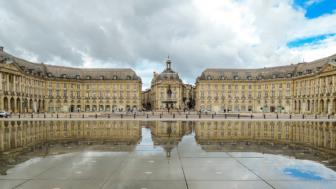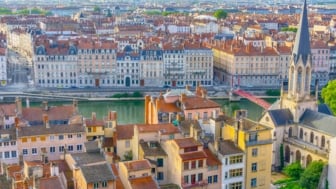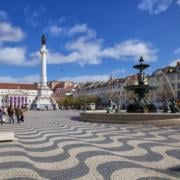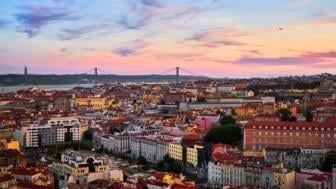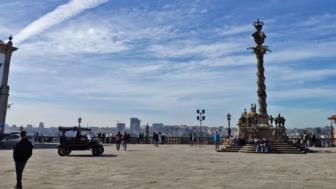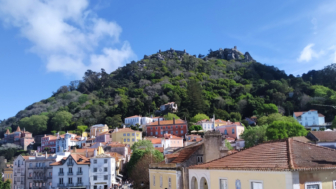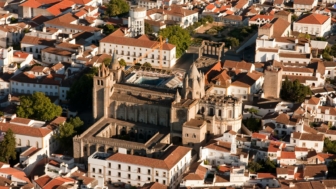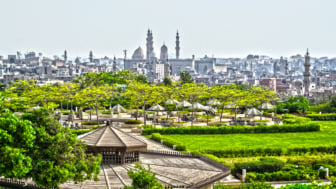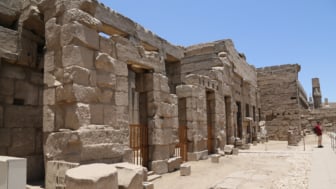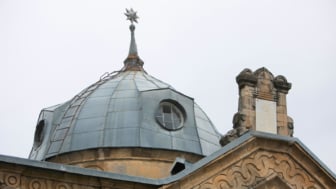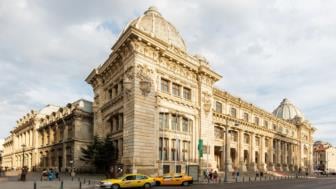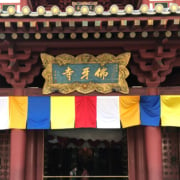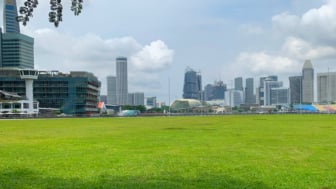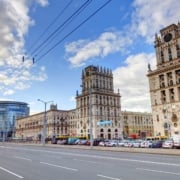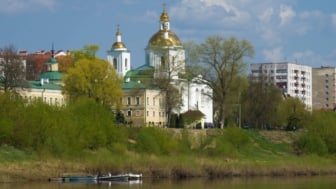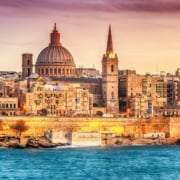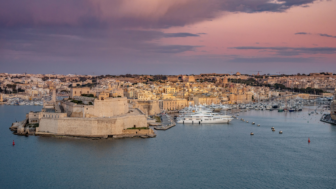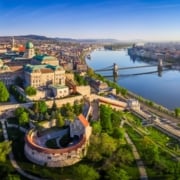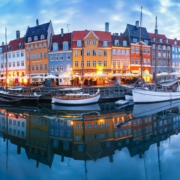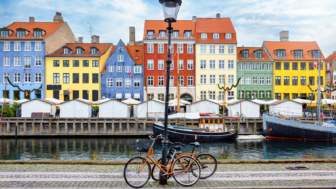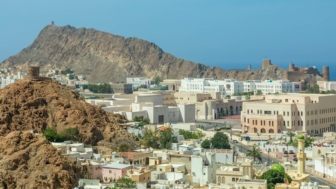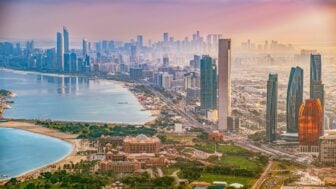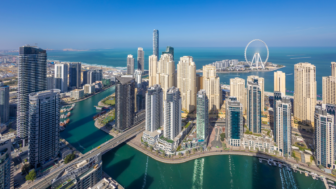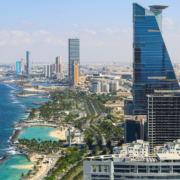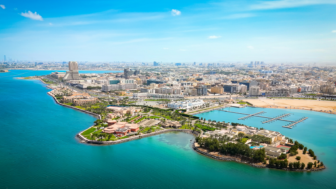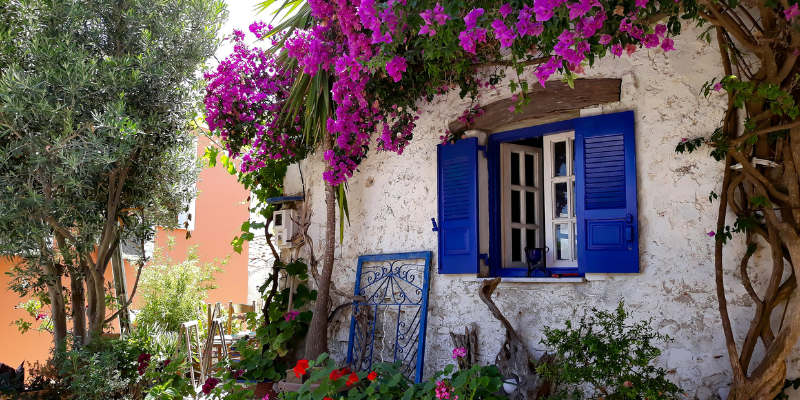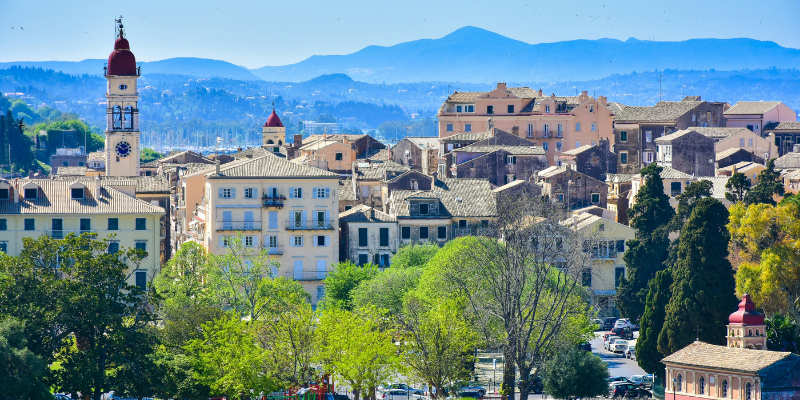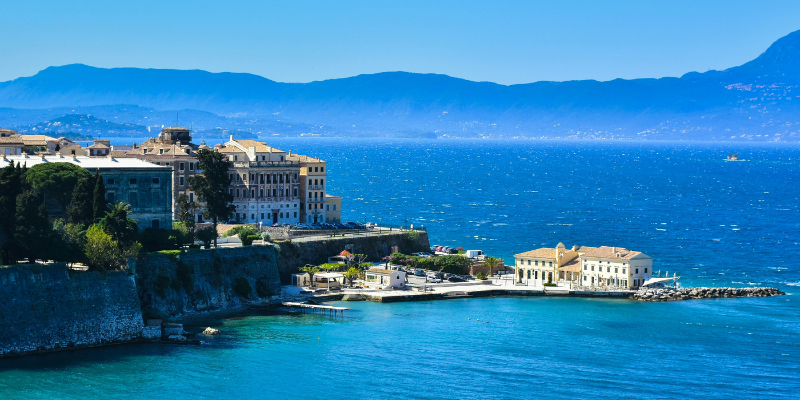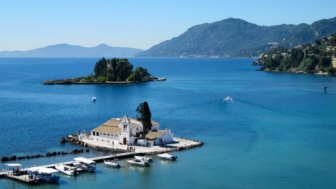On a recent sunny day, I sat at my desk, reading The Complete Short Stories by Franz Kafka. From my window, I could see the towering bell tower of Saint Spyridon Church. I was starting to get angry at Kafka’s interminable existential angst that seemed to rise from the pages of my battered copy. Joseph K had somehow managed to arrive at the cemetery after taking a couple of steps and was admiring its winding, ingeniously made, and impractical paths. At that point, as Joseph K turned towards a freshly heaped grave mound, I heard the untimely bells of Saint Spyridon Church ringing. I was startled, like waking from a dream. What was I doing stranded inside on such a lovely day? I pushed Kafka aside and left the house, determined to make the most of whatever sunlight remained.
We pride ourselves on Corfu’s urban beauty. The town is a charming and intricately woven tapestry of cultures and historical periods. You can spend your whole life here and never exhaust its capacity to astonish you. It is no wonder most people seem sad when forced to leave for work or simply because their holidays are over.
I turned right and headed towards the church whose bells had profoundly affected my late afternoon. Saint Spyridon’s church has a longer history than that of entire countries and cities. The Voulgaris family built it in 1590 as a private place of worship, but Saint Spyridon has become the preeminent Corfiot saint. When we refer to “the saint”, we mean Saint Spyridon. A wealthy priest brought his relics to Corfu and kept them as family heirlooms until his daughter married into the Voulgaris family and took the remains of Saint Spyridon with her as a dowry. Everyone on the island knows that Saint Spyridon walks among the people, listening to our needs and comforting us during personal or communal struggles.
The charming Casa Parlante (Italian for “house that speaks”) is just a stone’s throw away. This innovative museum is a relatively recent addition to the city’s cultural landscape, but it arrived with a bang and has remained vibrant since 2014. The museum’s founders faithfully recreated life in 19th-century Corfu using animated robotic figures set among authentic pieces of furniture and original works of art to tell the story of a noble family and her servants. As you explore the rooms of the neoclassical mansion, you will encounter your robotic hosts as they “perform” daily chores or enjoy typical leisure activities.
The early evening was unseasonably warm, so I was not surprised when I walked into Spianada Square and found Liston packed with people enjoying the quintessential freddo espresso in the fashionable coffee shops lining the street. The French were very unpopular during their short rule (mostly from 1807 until 1814), but they left behind the famous Liston Arcade, heavily influenced by the stylish Rue de Rivoli in Paris. Fortunately, the arcade has remained essentially unchanged since the early 19th century, but the mores have evolved. Until 1864, only nobles could access the cafes, but today anyone is welcome.
I grabbed a coffee to go and kept exploring. I headed east, guided by the stunning view of the towering summits of Pindus, the mountain range that enchanted Lord Byron, the English romantic poet. Between me and the distant mountains was the sea and the walls of the Old Fortress. It is impossible to imagine Corfu without it. After all, the city’s name is derived from the two rocky peaks within its walls. Back in the day, the Venetians took the Byzantine word “Korypho”, meaning “City of peaks”, and pronounced it the best they could, so we ended up with Corfu. There is no shortage of Instagrammable spots here, but few compare to a shot with the church of Saint George in the background. The Venetians built this iconic landmark to resemble an ancient Greek temple.
Greece is such a desperately arid country in the summertime (which often extends to early November), a walk in a verdant public garden is a rarity and a treat not to be missed. The Boschetto Garden (from an Italian word referring to a picturesque enclosed urban garden) is between the moat of the Old Fortress and the Spianada. It allows visitors to enjoy spectacular views of the Venetian fortifications and the town of Corfu in a setting reminiscent of an Italian Renaissance garden. I always take a few moments to meet some old friends who reside in the Boschetto, namely the busts of the Greek novelist Konstantinos Theotokis and the Greek poet Lorentzos Mavilis. Their work offers a general glimpse into life in 19th-century Corfu and Greece. Editions of their books have served as excellent gifts for friends throughout the years.
Unfortunately, Kafka had done me a minor disservice. It was too late to visit the magnificent Corfu Museum of Asian Art. It is the only Greek cultural institution dedicated to the antiquities and art of Asia. Its collection includes more than fifteen thousand artifacts from China, Japan, India, Nepal, Tibet, and the countries of central Asia. The museum is housed in the Palace of St. Michael and St. George, home to the British Lord High Commissioner in the first half of the 19th century. I am always impressed by this elegant example of neoclassical architecture. Still, it is the Asian collection that genuinely catches my fancy, especially a fantastic group of exhibits in the west wing of the first floor that explores the influence of ancient Greek art in early Buddhist sculpture and iconography.
My walk was coming to an end. Corfu is beautiful day and night, but my appetite often overrules my wanderlust. However, there was no way I would return home without visiting the Campiello (aka Venetian Well) near the church of the Virgin Mary, known as Kremasti (“hanging”, a reference to the impressive oil lamp hanging on the wall outside the church). Campiello is an Italian word denoting a little square. These open spaces were crucial for the lives of urban residents and became very popular in Venice and many cities built by the Venetians. The round marble well in the center of the square (a standard Venetian design) honors Antonios Kokkinis, who donated the well in 1699. Still, to me and most passersby, it is the perfect touch to complete the overall picture of the town’s most Venetian corner.
-
Duration: 1h 30min
-


